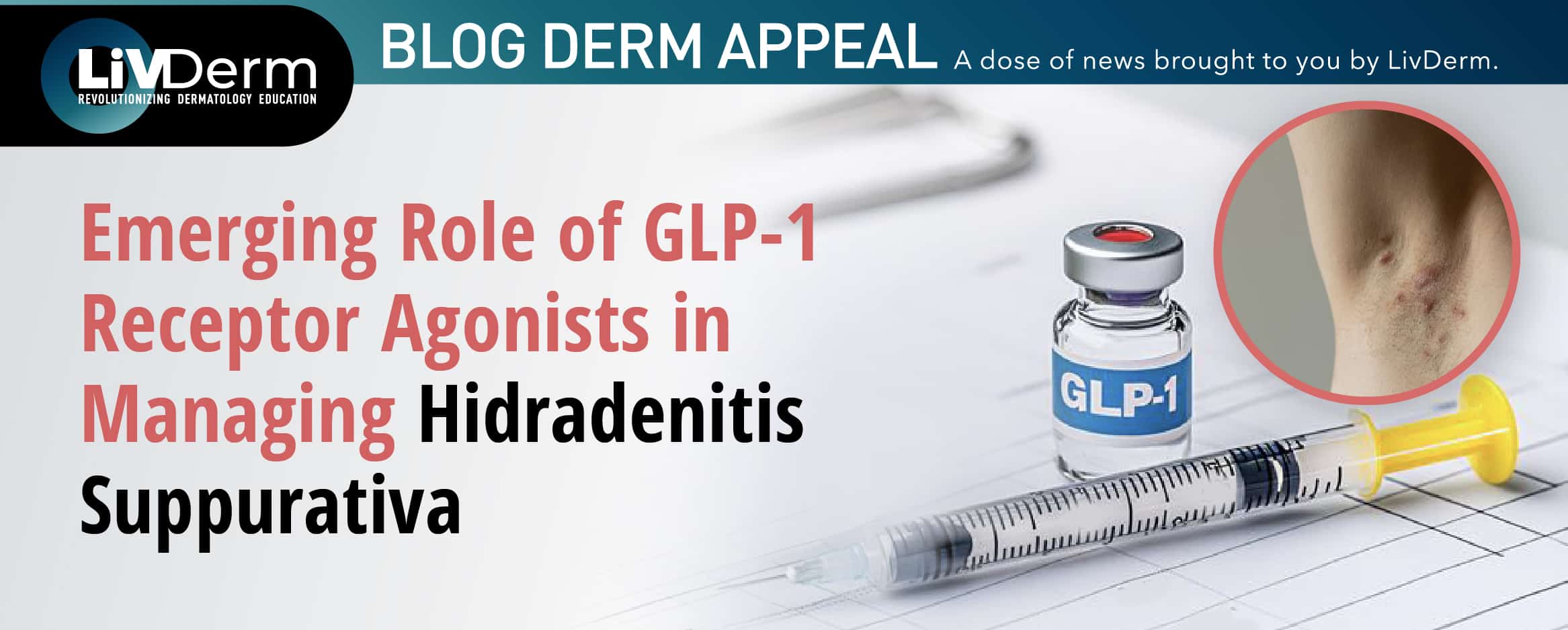Hidradenitis suppurativa (HS) remains one of dermatology’s most challenging chronic inflammatory diseases, often leaving patients with significant physical discomfort and reduced quality of life. While biologics and systemic therapies have advanced treatment options in recent years, researchers are now exploring a new therapeutic angle — the integration of GLP-1 receptor agonists into HS management plans.
A recent review published in the Journal of the American Academy of Dermatology analyzed six studies involving 92 patients diagnosed with both HS and obesity or diabetes. The findings suggest that GLP-1s may deliver meaningful improvements in both disease severity and patient-reported quality of life.
Study Highlights
Participants in the reviewed studies received one of three GLP-1 receptor agonists:
- Semaglutide — 81.5% of patients
- Liraglutide — 17.4% of patients
- Tirzepatide — 1% of patients
Following treatment initiation:
- 58.6% experienced measurable improvement in HS symptoms
- Dermatology Life Quality Index (DLQI) scores dropped from an average of 13.05 pre-treatment to 9.19 post-treatment, indicating a significant boost in quality of life.
Why This Matters for Dermatology
Traditionally, GLP-1 receptor agonists have been prescribed by endocrinologists or primary care physicians for the management of type 2 diabetes and obesity. However, mounting evidence points to their potential benefits in dermatologic conditions, including HS and psoriasis, particularly in patients with metabolic comorbidities.
Looking Ahead
While the data are promising, the existing body of evidence is still limited by small sample sizes and observational study designs. Further clinical trials are needed to establish optimal dosing strategies, treatment duration, and patient selection criteria for HS management with GLP-1 receptor agonists.
In the meantime, dermatology professionals may wish to consider GLP-1s for patients with refractory HS, particularly when weight loss and metabolic improvements could enhance disease outcomes. As new research emerges, GLP-1 receptor agonists may soon become a valuable addition to the HS treatment toolbox.

















